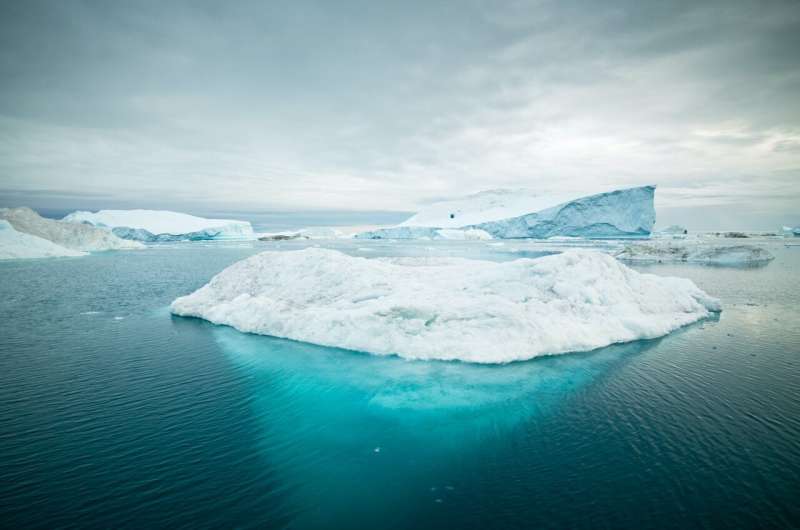History of Antarctic ice sheets holds clues for our future

A new study from researchers at The Australian National University (ANU) on how the world’s largest ice sheet developed also provides vital clues about climate change tipping points.
Forty million years ago, Antarctica grew massive ice sheets for the first time. The ANU study shows how these ice sheets stayed low, wet and relatively warm for millions of years.
The current Antarctic ice sheet is the largest block of ice on Earth, covering more than 14 million square kilometers. If it melted, sea levels would rise by about 60 meters.
But it hasn’t always been that way.
The spectacular ice sheet we’re familiar with today didn’t develop until around 12 million years ago, according to study co-author Dr. Bradley Opdyke.
“This had a huge impact on the stability of global sea levels,” Dr. Opdyke said.
“Sea-level is a key indicator of global climate changes, so having more complete sea-level records will give us clues about climate tipping points, and what we might expect in the future.”
Once the ice sheets become so high, dry and dynamic, determining past sea level and temperature changes becomes less certain.
Scientists study the ratio of isotopes of oxygen in different materials from the deep sea to look for clues.
“This study could help us tease out some of the causes of the dramatic changes we saw in the middle Miocene period—around 12 million years ago,” Dr. Opdyke.
“Around this time in the Miocene we also started seeing pulses to lower CO2 levels that had interesting evolutionary consequences, like the appearance of grasses that are better adapted to a lower CO2 world.”
“The middle Pliocene period—about three million years ago—is important as well, because it’s the last time CO2 levels were similar to those of today.”
The paper has been published in the journal Science Advances. The research was led by Professor Eelcho Rohling from ANU.
More information: Eelco J. Rohling et al, Sea level and deep-sea temperature reconstructions suggest quasi-stable states and critical transitions over the past 40 million years, Science Advances (2021). DOI: 10.1126/sciadv.abf5326
Journal information: Science Advances
